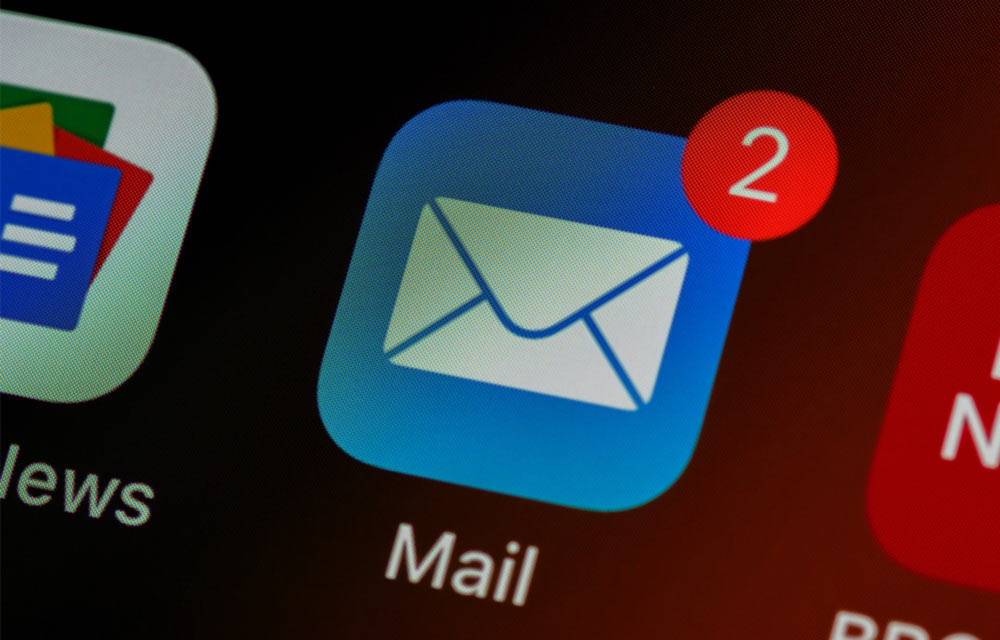The blind test is a very popular game, which can be organised during parties, evenings with friends, or even corporate events. In this article, we offer you a complete guide to organise a blind test and make your event a memorable success.
Summary
Understanding the concept of the musical blind test
Before starting to organise a blind test, it is essential to understand the concept of this game. A musical blind test is a competition where participants must guess the title or artist of a song by listening to an excerpt of it. Participants can play individually or in teams, and the goal is to get as many correct answers as possible.
This game can be played in different ways, whether using a dedicated mobile application, listening to a DJ, or creating your own playlist. Whatever method you choose, the main goal is to have fun and improve your musical knowledge.
Why organise a blind test?
Organising a blind test is an excellent idea to liven up an evening or event.
It is a fun and interactive activity that brings participants together around the same theme: music. Whether with friends, family or in a company, a blind test offers an opportunity to create a friendly and relaxing atmosphere, while stimulating the spirit of competition.
The musical blind test can be an original way to discover new musical genres or revisit classics. By listening to excerpts of songs from different eras and styles, participants can broaden their musical horizons and be surprised by pieces that they would not have discovered otherwise.
It is also an excellent way to test your musical knowledge and measure yourself against other participants.
Preparation for the blind test
Before starting the blind test, it is important to prepare well to ensure that the activity runs smoothly.
Here are some essential steps to follow:
Choose the theme of the blind test
The first step to organising a successful blind test is to choose a theme.
The theme can be broad, like the 80s or current hits, or more specific, like movie songs or RnB hits from the 2000s. Choose a theme that will appeal to your audience and match the occasion.
Start registrations
Now that the theme of your blind test is defined, set up an online ticketing system for your participants.
A ticketing system like the one offered by Weezevent allows you to register quickly and pay for your ticket directly online. You benefit from a clear view of the number of people expected, which facilitates the rest of your organisation.
Select the music tracks
Once the theme is chosen, it is time to select the music tracks that will be played during the blind test.
Make sure you have a variety of musical genres and difficulty levels to adapt to all participants. You can use existing playlists, create your own, or even hire a DJ to help you join in the fun.
Prepare the necessary equipment
To host a blind test, you will need some basic equipment.
Make sure you have a good quality sound system so that participants can hear the music clips clearly. You will also need a way to play the tracks, such as a mobile app, a computer, or an MP3 player.
Create teams
Another important step in preparing for the blind test is to create teams.
Divide participants into groups of equal size and encourage them to choose fun and creative team names. This will add a touch of friendly competition to the activity and make the experience even more entertaining.
Plan rewards
Next, it is essential to plan rewards for the winners, depending on your budget and the occasion.
Whether it’s small, symbolic prizes or more substantial gifts, rewards will motivate participants to give their best and invest more in the blind test. Consider rewards related to music, such as albums, concert tickets, or streaming subscriptions.
How to conduct the blind test
Once you have all the necessary materials prepared, it’s time to start conducting the blind test. Here’s how to organise this activity in a smooth and fun way:
Explain the rules of the game
Before starting the blind test, it is important to clearly explain the rules of the game to the participants.
One of the most important points is to understand the speaking method. Buzzer, raised hand, distinctive shout, you must choose a method and your participants must stick to it!
Then explain the point system or rewards to be won (if there are any), and any other important details. Make sure that the participants understand the rules before starting.
Manage the timing of the blind test
During the blind test, effective timing is crucial to keep the activity engaging. Prepare a predefined list of songs and excerpts, ensuring that the duration allocated to each segment is reasonable. If the test extends too long, participants may lose interest and become disengaged.
Hosting the blind test
To make the blind test even more entertaining, don’t hesitate to host the activity.
For example, you can add bonus questions, musical challenges, special events or provide entertaining comments on the answers and interactions between the teams. The important thing is to create a friendly and interactive atmosphere that will encourage participants to have fun and participate actively.
In addition to these essential elements, it is also interesting to include anecdotes about the songs or artists that will be played during the musical blind test. For example, you could tell the story behind creating an iconic song or share interesting facts about the artist who performed it. This will add a cultural and informative dimension to the activity, allowing participants to learn more about music and its creators.
Include musical anecdotes
To enrich the musical blind test experience, share interesting or surprising anecdotes about the songs and artists on the program. This can not only increase the participants’ interest but also provide them with additional knowledge about the musical universe.
Incorporate varied excerpts
In order to capture the attention of all participants and make the game more inclusive, consider including a wide range of musical excerpts, covering different genres, eras, and cultures.
This will test the participants’ musical knowledge and make them discover new music. For example, if your theme refers to a decade (e.g., 80s), add to your playlists all the genres of music that were popular at that time!
After the blind test
Once the blind test is over, here are some steps to close the event in a memorable and constructive way.
Announce the results
After counting the points, it is time to announce the results to the participants.
Congratulate the winners and share everyone’s scores to add a competitive aspect to your blind test. Beyond the winners, you can highlight the strengths and weaknesses of each team. For example: “Team A is an expert in 80s hip-hop, while they seem to have never listened to 70s rock.” This will help create a celebratory atmosphere for everyone and thank participants for taking part in the activity.
Reward the winners
Giving prizes to the winners is a key moment in the conclusion of your event.
Whether you have opted for symbolic rewards or more substantial gifts, make sure this moment is special and well-received by the participants. Rewards can be an effective way to encourage participation and make the experience even more rewarding.
Collect feedback
Collecting feedback from participants after a blind test is a crucial step in measuring the success of your event and identifying areas for improvement. One of the most effective ways to collect this valuable feedback is to send satisfaction surveys shortly after the event, along with your thank yous.
This can be done through online questionnaires, forms sent by email, or even through applications dedicated to events. It is important to ask specific questions about various aspects of the blind test, such as the quality of the playlist, the animation, the duration of the event, or the general atmosphere.
The opinions collected will offer you valuable insights into refining your future events. By emphasising the strong points and improving the weak points identified by your participants, you can refine your future events.
Invite to the next edition
If you want to organise a second blind test and attract participants, don’t forget to invite those who have already participated in the previous edition! If you followed our guide and the event went well, then there is a good chance that they will be delighted to try the experience again with you.
To make things easier, use an emailing tool directly connected to your ticketing platform. This way, all the participants of your previous edition are automatically listed and ready to be contacted in just a few clicks. With WeezTarget, a free tool for up to 2,500 activated contacts, send personalised email campaigns to your past participants, informing them of the date of your next event and inviting them to register.
This type of campaign not only helps you maintain contact with your community but also increases interest and anticipation around your next edition. This is a great strategy to build a base of loyal and enthusiastic participants, ready to relive the unique experience that your blind test offers.
Weezevent aims to make organising your blind test as memorable as it is easy. Our online ticketing tool is designed to simplify every aspect of your event, from registration to feedback collection and access control.




